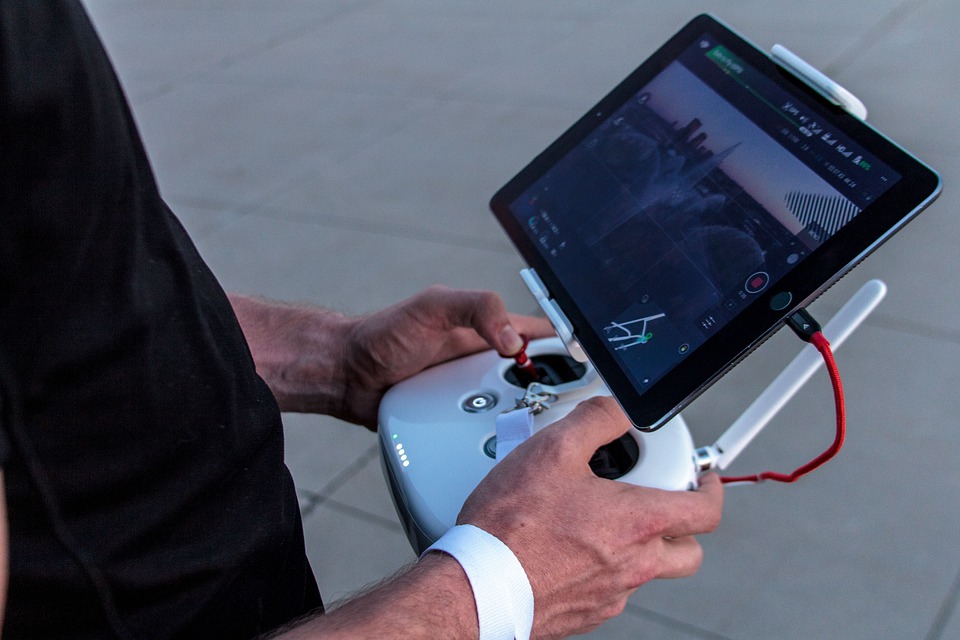In recent years, tablets have emerged as powerful tools in the educational landscape, fundamentally altering how students learn and how educators teach. With features that foster engagement, accessibility, and convenience, tablets are paving the way for a new era in e-learning. This article delves into the various ways tablets are revolutionizing education through innovative e-learning tools.
Enhanced Accessibility
One of the hallmark benefits of tablets in education is enhanced accessibility. Students can access educational materials from anywhere at any time, breaking the barriers of traditional learning environments. Cloud-based platforms and educational apps allow students to download textbooks, research materials, and multimedia resources directly to their devices. This increased accessibility is invaluable for students in remote areas or those with disabilities, ensuring that everyone has equal opportunities to succeed academically.
Interactive Learning Experiences
Tablets offer a plethora of interactive learning tools that engage students more effectively than traditional methods. Educational apps provide gamified learning experiences, which capture students’ attention and motivate them to learn. For instance, subjects like mathematics and science come alive through simulations and interactive experiments that are both fun and educational. As students engage with the material interactively, they retain information more effectively and develop critical thinking skills.
Personalized Learning
The adaptability of tablets makes personalized learning easier and more effective. E-learning platforms can assess a student’s performance in real-time and provide tailored content to suit their learning pace and style. For instance, if a student struggles with a particular concept in math, educational software can offer additional resources, practice problems, or alternative explanations until the student gains mastery. This individualized approach fosters a sense of ownership over one’s learning journey, empowering students to take charge of their education.
Collaboration Opportunities
Tablets facilitate collaboration among students and between students and educators in ways that traditional classroom settings cannot. Numerous apps allow for real-time collaboration on projects, enabling students to work together regardless of their physical location. Digital brainstorming tools and shared document editors support cooperative learning, encouraging peer interaction and collective problem-solving. This collaborative culture not only enhances learning outcomes but also prepares students for teamwork in the professional world.
Cost-Effective Solutions
With the rising costs of textbooks and traditional educational materials, tablets provide a cost-effective solution. E-books, online resources, and educational subscriptions can be significantly cheaper than printed materials. Moreover, the ability to access a wide range of free resources online helps reduce out-of-pocket expenses for both students and educational institutions. Schools and universities can allocate their budgets more effectively, investing in the latest technology and improving infrastructure.
Teacher Empowerment
Tablets also empower educators by providing them with tools to enhance their teaching methods. Teachers can create engaging lesson plans, use multimedia presentations, and track student progress through various applications. Additionally, tablets streamline administrative tasks such as grading and attendance, allowing educators to spend more time focusing on their students. The real-time feedback feature enables teachers to assess whether concepts are understood, making it easier to adjust their teaching strategies on the fly.
Bridging the Digital Divide
While the integration of tablets in education has numerous benefits, it also highlights the digital divide that persists in many communities. As educational institutions increasingly adopt technology, it is vital to ensure that all students have access to devices and reliable internet connections. Initiatives aimed at providing tablets to underserved students can help bridge this gap, ensuring equality in educational opportunities.
Future Trends
As technology continues to evolve, the role of tablets in education will likely expand. Augmented reality (AR) and virtual reality (VR) applications are on the rise, offering immersive learning experiences that can revolutionize subjects like history or science. Additionally, artificial intelligence (AI) will enhance personalized learning, allowing for even more tailored educational experiences.
Conclusion
The integration of tablets into education has sparked a revolution in e-learning tools, enhancing accessibility, interactivity, and personalization. As we look to the future, it is essential to continue embracing these technologies while also addressing challenges such as the digital divide. By fostering an educational environment that leverages the power of tablets, we can equip students with the skills and knowledge they need to thrive in our increasingly digital world. The future of education is here, and it is more engaging and accessible than ever before.



